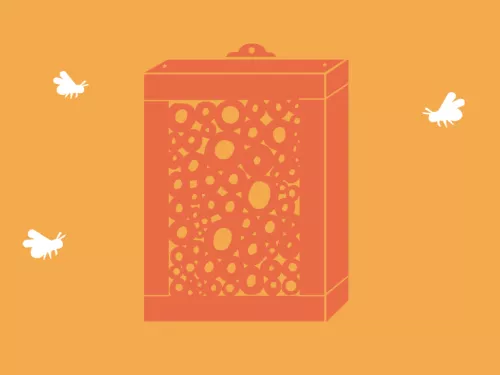
Actions
From building a bug hotel to creating a garden pond, here are some ideas for things you can do yourself at home to help wildlife.
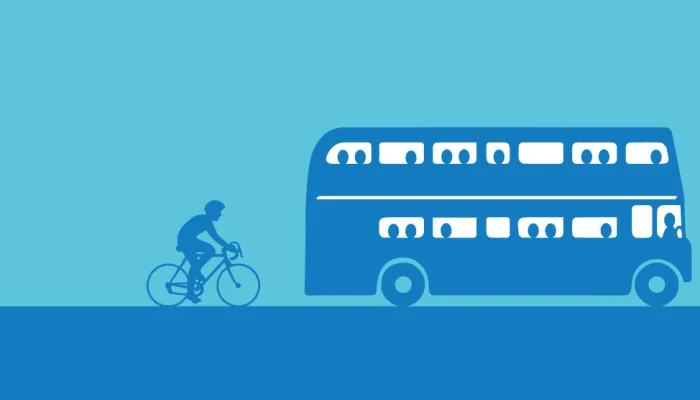
Learn how to reduce your travel emissions.
Emissions from cars and air travel pollute the world around us and cause significant health impacts. Carbon dioxide is released by burning fossil fuels like oil, which the petrol and diesel that we use in our cars is derived from. This harmful greenhouse gas contributes to climate change, including extreme weather events, sea-level rise, floods and drought. Additionally, our cars produce nitrogen oxides. When we breathe this in it can, over time, affect how well our lungs work, as well as the health of our wildlife.
Reducing your vehicle emissions doesn’t just reduce the pollution you produce, but can also save you money too!
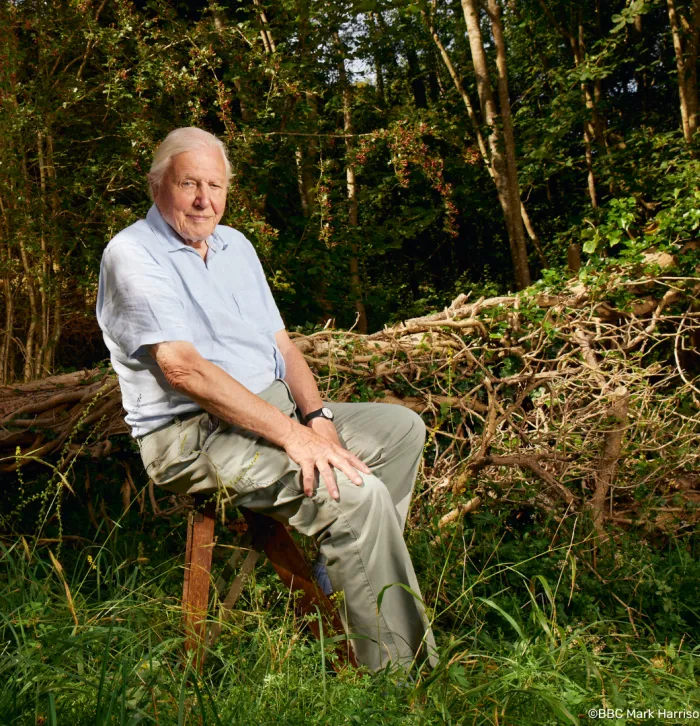

From building a bug hotel to creating a garden pond, here are some ideas for things you can do yourself at home to help wildlife.

Plant flowers that release their scent in the evening to attract moths and, ultimately, bats looking for an insect-meal into your garden.

Surfaced spaces needn't exclude wildlife! Gravel can often be the most wildlife-friendly solution for a particular area.
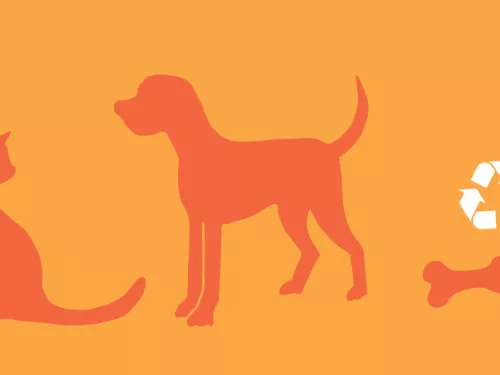
Caring for a pet is a rewarding experience that doesn't have to cost the earth.
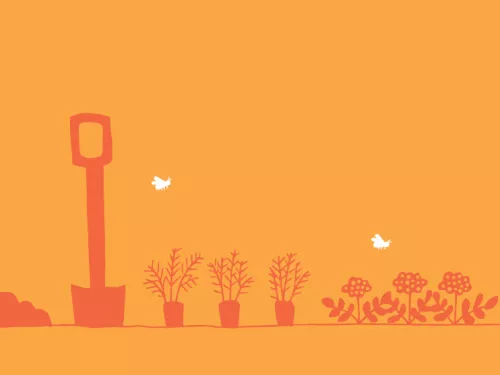
Learn about companion planting, friendly pest control, organic repellents and how wildlife and growing vegetables can go hand in hand.

Even a small pond can be home to an interesting range of wildlife, including damsel and dragonflies, frogs and newts.